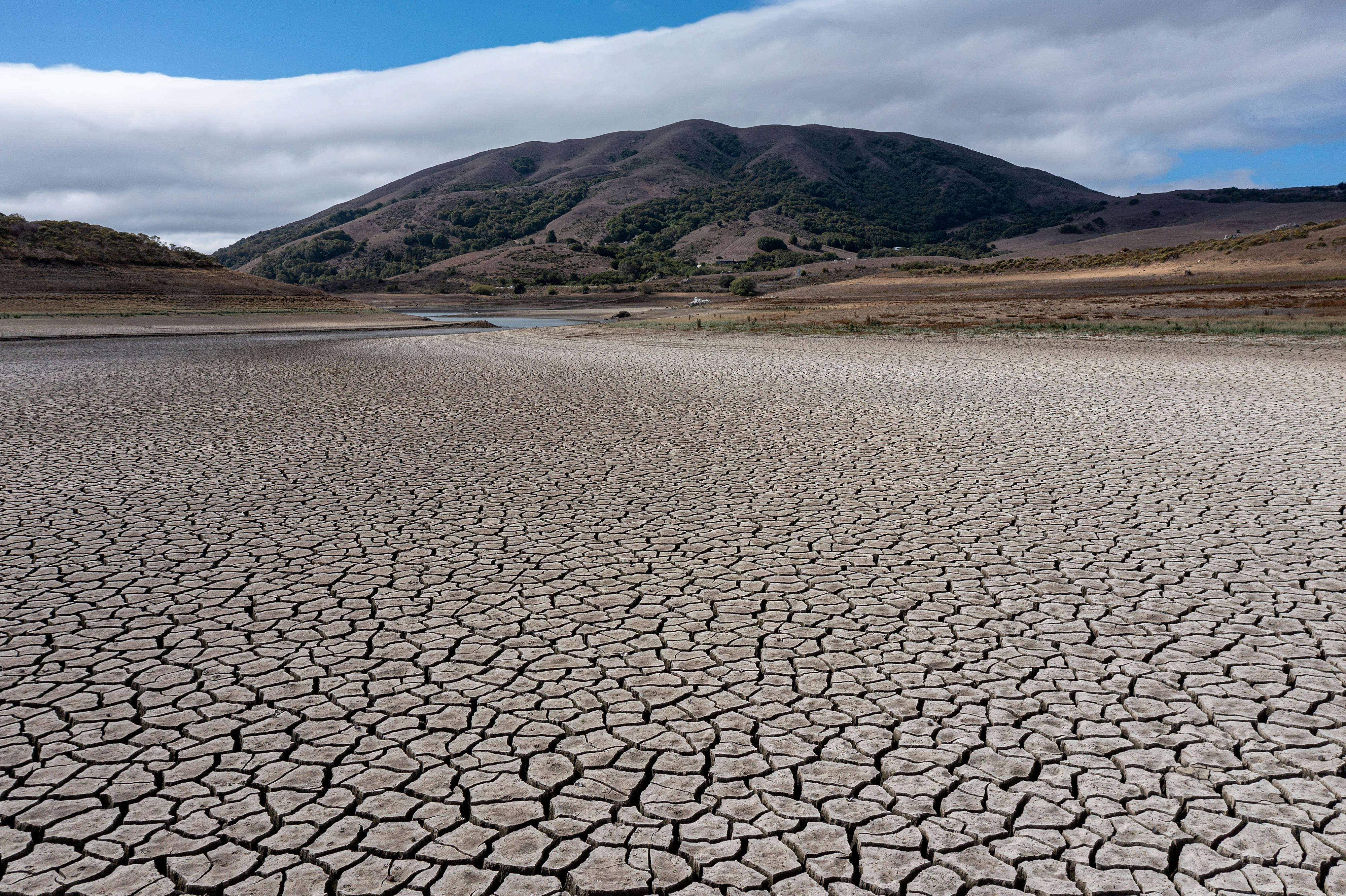by Jason Rainbow —

TAMPA, Fla. — Startup mPower Technology said Feb. 1 it has raised $10 million to accelerate production of silicon-based solar panels that gained flight heritage last summer.
Early-stage investment firm Cottonwood Technology Fund led the Series B funding round, joined by Hemisphere Ventures and other space investors.
It means the startup has raised $16.5 million since it was spun off from Sandia National Laboratories in 2015, according to mPower Technology CEO Kevin Hell.
Sandia, a government lab run by Honeywell International, had also invested about $20 million worth of research and development in the technology before spinning it off, according to Hell.
He said the spin-off gave mPower exclusive rights to solar technology it calls DragonSCALES, comprising interconnected photovoltaic cells that he says are more customizable than traditional cells on the market, more flexible and cheaper to produce with automated processes.
The technology first gained flight heritage onboard a small satellite SpaceX launched in June 2021 for Lynk Global, a startup developing a direct-to-cellphone connectivity constellation.
Hell said DragonSCALES is also on other missions that “in several cases” expect to launch in the first half of 2022.
The company plans to use its recently raised funds to expand production facilities in New Mexico to churn out DragonSCALES that, cumulatively, aim to be capable of producing 1.5 megawatts of power per year from the third quarter of 2022.
“[T]hat is about the entire output of the existing traditional III-V [space solar cell] market to date, at least on a historical basis,” Hell said, referring to technology that has been using a Gallium arsenide semiconductor material for the last “30 years or so.”
DragonSCALES uses commercial-off-the-shelf silicon-based tools and processes that, according to Hell, enables mPower to ramp up for a market he expects will need more than 50 megawatts per year in five years.
A surge in low Earth orbit constellations is primarily driving market demand, Hell added, in addition to electric orbit raising systems, lunar missions and other emerging applications.
He estimated a typical LEO satellite needs to generate about 1.5 kilowatts of power, although this can vary significantly depending on mission needs.
Because mPower sources silicon from the terrestrial solar photovoltaic market, which is “orders of magnitude larger than the space market in terms of the amount of volume,” Hell expects the supply chain shortages weighing on the semiconductor industry will have only a “fairly modest impact” on its expansion plans.
“And we’re buying the high end of that, so we’re going to be the last to be impacted because the margin associated with silicon that we buy is going to be a lot higher than say the traditional rooftop market [where] you buy solar panels for your home,” he said.
In the future, he said the potential for DragonSCALES to generate power in orbit for beaming back to Earth represents “another huge application” for the company.
Note: This article have been indexed to our site. We do not claim legitimacy, ownership or copyright of any of the content above. To see the article at original source Click Here













